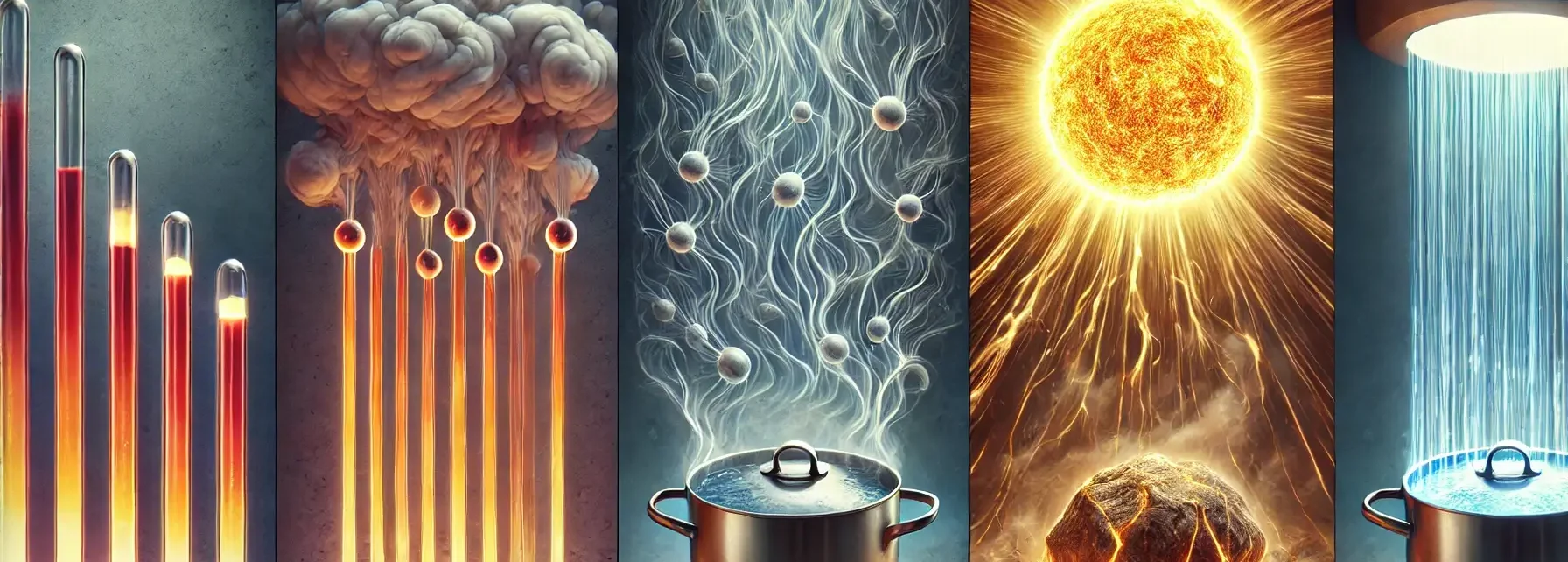- Heat transfer is the movement of thermal energy from a hotter object to a cooler one via conduction, convection, or radiation.
Objectives
- Control Temperature: Maintaining the desired temperature in industrial processes and living environments.
- Enhance Efficiency: Improving the efficiency of thermal systems by optimizing heat exchange.
- Safety: Preventing overheating or excessive cooling that could lead to equipment damage or safety hazards.
- Energy Conservation: Reducing energy consumption by optimizing thermal management in various systems.
- Process Optimization: Ensuring optimal operating conditions in chemical reactions, manufacturing processes, and other applications.
Applications
- HVAC Systems: Heating, ventilation, and air conditioning systems to regulate indoor temperatures.
- Power Generation: Heat exchangers in power plants, boilers, and cooling systems.
- Manufacturing: Processes such as welding, forging, and heat treatment.
- Electronics: Cooling of electronic components and devices to prevent overheating.
- Food Processing: Pasteurization, sterilization, and refrigeration in the food industry.
- Automotive: Engine cooling systems and climate control in vehicles.
- Aerospace: Thermal management in spacecraft and aircraft.
Heat Transfer Mechanisms
- It occurs through three primary mechanisms: conduction, convection, and radiation:
Advertisements

-
Conduction:
- Description: Transfer of heat through direct contact between molecules within a solid or between solid objects in contact.
- Example: Heating one end of a metal rod, which causes heat to travel to the other end.
-
Convection:
- Description: Transfer of heat through the movement of fluids (liquids or gases). This occurs due to the fluid’s bulk motion, often driven by temperature differences within the fluid.
- Example: Boiling water, where hot water rises and cooler water sinks, creating a circulation pattern.
-
Radiation:
- Description: Transfer of heat through electromagnetic waves, without the need for a medium. All objects emit and absorb thermal radiation.
- Example: The Sun heating the Earth through the vacuum of space.
These mechanisms often work together in various combinations to facilitate transfer of heat in different situations.

